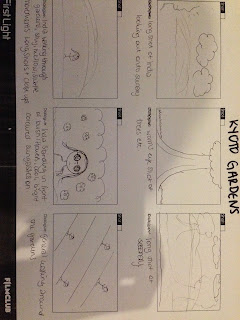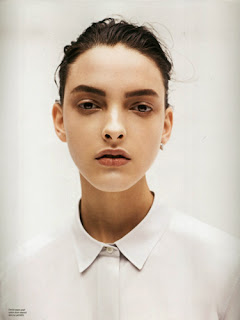Miss Representation is a real overlook at the hegemonic society that uses media to control gender expression. The documentary directed and produced by the former actress Jennifer Siebel Newsom in 2011. It stars Jennifer herself, along with a long list of actresses, singers, comedians, talk show hosts, politicians, and high school students - all of them female. The documentary looks into how the mainstream American media under-represents the roles of powerful and influential women in American governments. The opinions are often limited and mediated. The documentary as a whole is made up out of clips from news agencies/TV shows and really provocative straight to the point interviews and discussions from all the different types of women who make up our society. These women also share their own personal cases when they have been targeted by mass media in the hopes to under mind them. The film caused for a 'call to action campaign' which included a Twitter campaign to stop offensive media, guides for media representation conversation starters, and guides for electing females into political office. Whilst watching the film I was completely shocked and discusted by the way women were treated within the media. The statistics shown we're outstanding and it really baffled that America, Land of The Free was really treating it's female citizens so brutally.
The film is quite hard to watch online so you'd have to try a couple of links before getting one that works. But the trailer is pretty interesting, so you can watch that here:
.jpg)







.PNG)
.PNG)
.PNG)
.PNG)
.PNG)
.PNG)
.PNG)
.PNG)
.PNG)

















